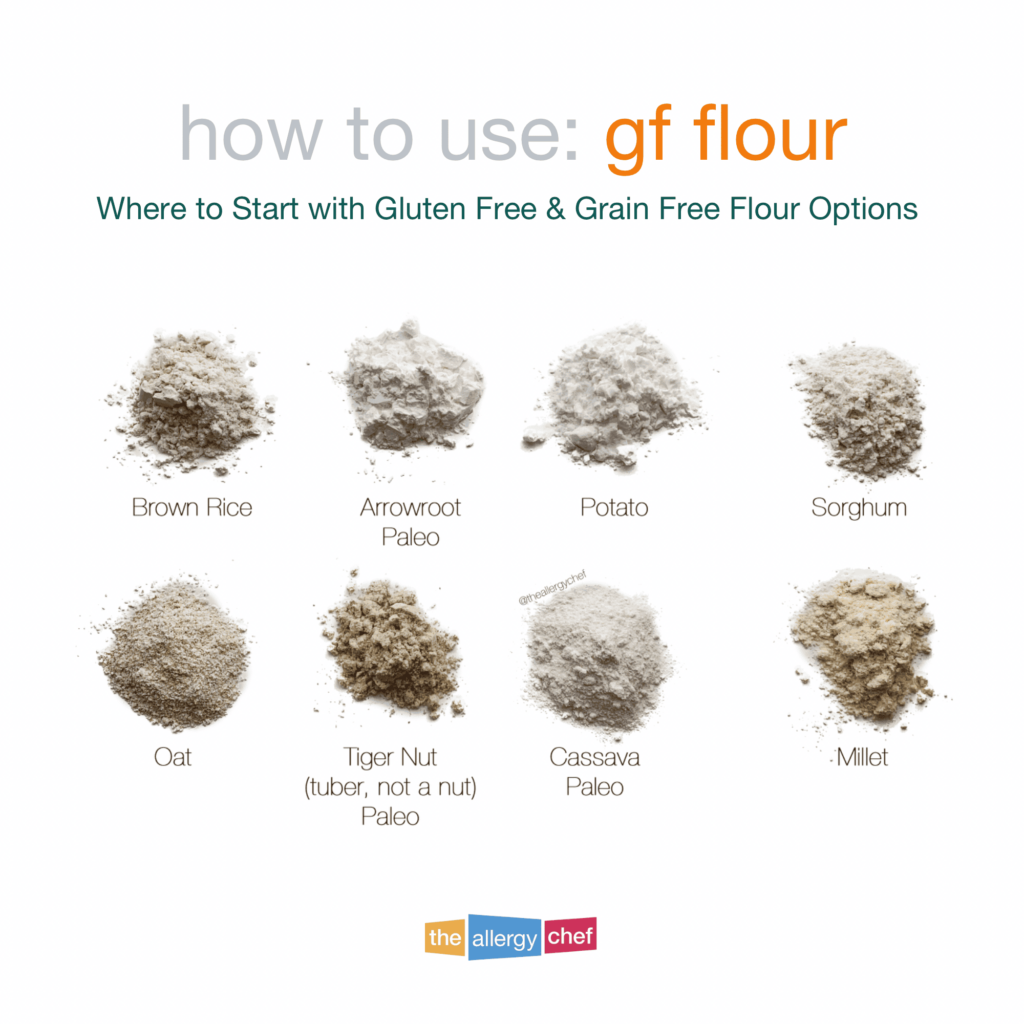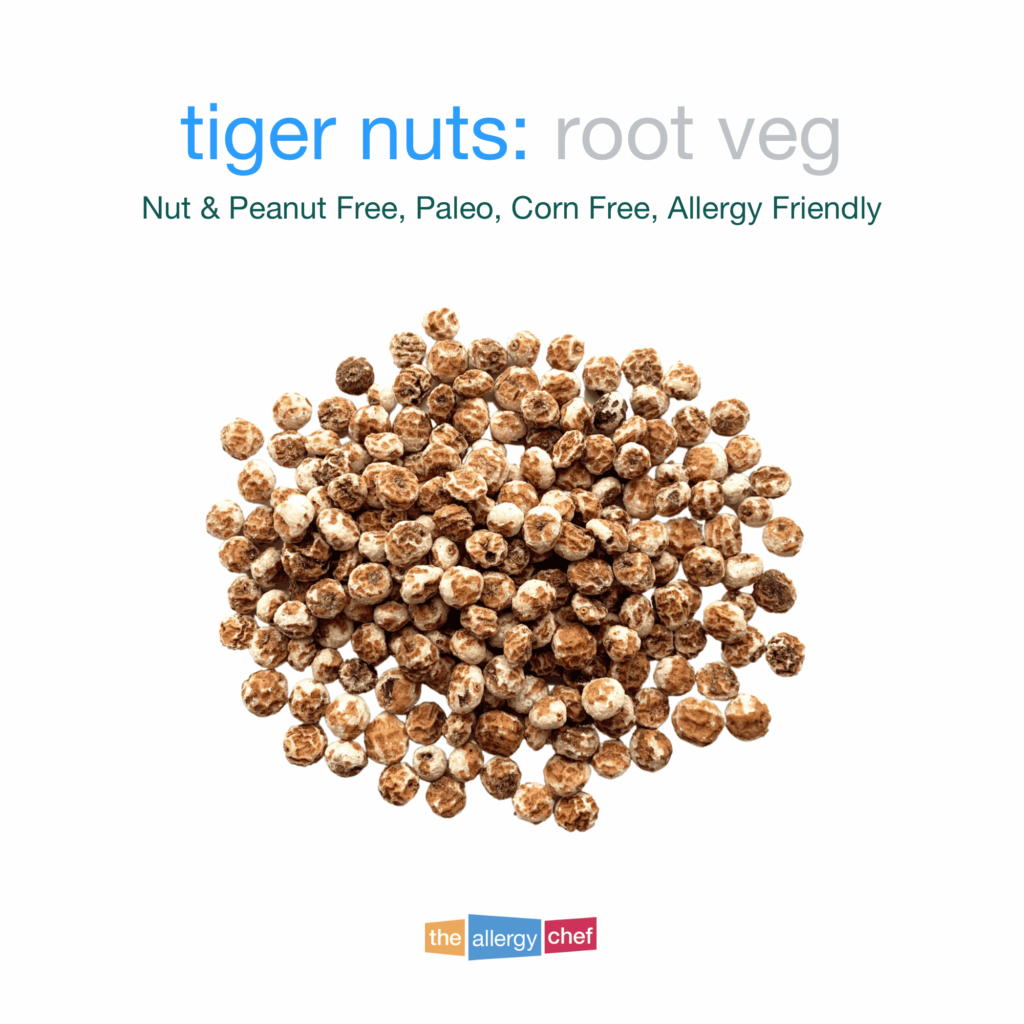Before we jump in, I want to say this loud and clear: buckwheat flour is NOT A FORM of whole wheat flour (sometimes called regular wheat flour). If you have Celiac Disease, a wheat allergy, gluten intolerance, or gluten sensitivity, YOU CAN EAT BUCKWHEAT. Yes, I’m yelling a little bit because the name really throws people off.
Now that we know buckwheat flour isn’t a type of wheat flour to be avoided, let’s look at how you can choose a substitute for buckwheat flour that’s gluten free.
Understanding Buckwheat Flour (So You’re Able to Pick a Good Substitute)
Buckwheat is part of the dock plant family, and it produces starchy seeds. The seeds of the buckwheat plant (also called buckwheat groats) are milled and turned into buckwheat flour. The flour has a dark color, and a slightly nutty flavor. What’s really interesting to me as a non-botanist is that the buckwheat plant is related to the rhubarb plant.
In order to pick a great substitute for buckwheat flour, it’s good to understand it first. When compared to other gluten free flours, it has a different texture that’s closer to a nut flour or even tiger nut flour when we look at something like brown rice flour. Whilst it does have a slightly nutty flavor, it’s not super duper pronounced and has a milder flavor than almond flour or pistachio flour (where nuttiness is concerned).
In my opinion, the true hallmark feature of buckwheat flour is its deep, rich, earthy flavor, and its inability to stand alone in gluten free baking. Now, I’ve talked extensively about building a solid gluten free flour blend so you get the best results from your baking at home, however, there are several medium weight gluten free flours that in a pinch can absolutely stand alone.
Buckwheat flour isn’t one of them. If you were to bake with it alone, you’ll end up with a hot mess (and nothing near a fluffy texture) that no one will want to eat. This is true of pancakes and waffles as well. The great news is that in small amounts, a lot of gluten free flours can substitute buckwheat flour without issue. In larger amounts however is where you’ll run into trouble, and it may be better to find a recipe that’s naturally buckwheat free, rather than trying to substitute for it.
In free-from baking, knowing the protein content of your flour can really come in handy, especially with yeasted doughs. The protein content of buckwheat flour is 4g in a 37g serving (1/4 cup which is one official serving). Based on comparable misc. food ingredients and their protein content, I’d say that buckwheat flour is a pretty good source of protein. Is it the same as a steak? Nope. However, it’s a nice addition to a well rounded diet.
In terms of fiber content, one serving of buckwheat flour contains 9g of dietary fiber (per 37g serving). That adds up to 32% of your daily needs, and if you ask me, this alone makes buckwheat flour a very nutritious alternative gluten free flour to bake with.
Related: Gluten Free Flour, Where to Start
Where You Might See Buckwheat Flour
A variety of recipes containing a blend of whole grain flours may include buckwheat flour as one of the flours in the mix. This is true of wheat based recipes and gluten free recipes. Know that it’s rare that buckwheat flour will be the main ingredient in a flour blend. It’s also rare that you’ll see buckwheat in recipes for foods such as biscuits and delicate desserts.
Some types of goods that can include buckwheat flour in their dry ingredients are:
- Muffins
- Quick Breads
- Pancakes
- Recipes with Cacao/Chocolate (buckwheat and chocolate play very well together)
- Special Cake Recipes
- Very Specific Bread Recipes
- Waffles
List of Gluten Free Flours to Use Instead of Buckwheat Flour
As you embark on different gluten-free baking adventures, here are some gluten-free flour options if you need to replace buckwheat. It’s important to note that if you’re replacing more than 100g of flour, you should reach out to the recipe developer to make sure the swap will work.
Remember, buckwheat flour has a deep, earthy flavor. With that in mind, I’ve listed the different flours in order of closeness to replicating the taste and function of buckwheat flour. For example, oat flour at the top will take care of function and taste, as will tiger nut flour. Millet flour is at the bottom because it will take care of function, but not the taste.
This really matters if you’re following a recipe with the word buckwheat in the title (buckwheat cookies, buckwheat cake, etc.). If however the recipe happens to have buckwheat flour, then the taste function is a lot less important. I know. It’s a lot to consider for a substitute, but I try to be thorough and really help you see thing thru the lens of recipe development.
- Oat Flour (make sure it’s made from certified gluten-free oats, and Purity Protocol Oats are even better)
- Tiger Nut Flour (nutty taste, excellent choice in amounts 150g and under, should not be used in cooking only for baking recipes)
- Brown Rice Flour
- Quinoa Flour
- Sorghum Flour
- Millet Flour
Honestly, tiger nut flour really is one of the best substitutes because it’s able to deliver similar results and has the natural (nut free) nutty taste that oat flour doesn’t have. However, be sure to manage your expectations, especially if you’re replacing a large amount of buckwheat flour in a recipe. When replacing large amounts (over 100g), for best results, use a combination of superfine sorghum flour and oat flour or tiger nut flour. When you have too much oat or tiger nut on their own, they can start to let you down.
Note: The flours on the above list can be used as a 1:1 substitute for buckwheat flour in gluten free baking.
My Kids’ Favorite Recipes Featuring Buckwheat Flour
Here are a few recipes my kids love that feature buckwheat flour, in case you find yourself wanting to make something with buckwheat.
- Orange Buckwheat Waffles
- Super Easy Buckwheat Sheet Pan Bread (my kids love this for sandwiches, and the psyllium does amazing for this gluten free bread recipe)
- Oat Free, Nut Free Granola Bars
- Fluffy Buckwheat Pancakes
 |
 |
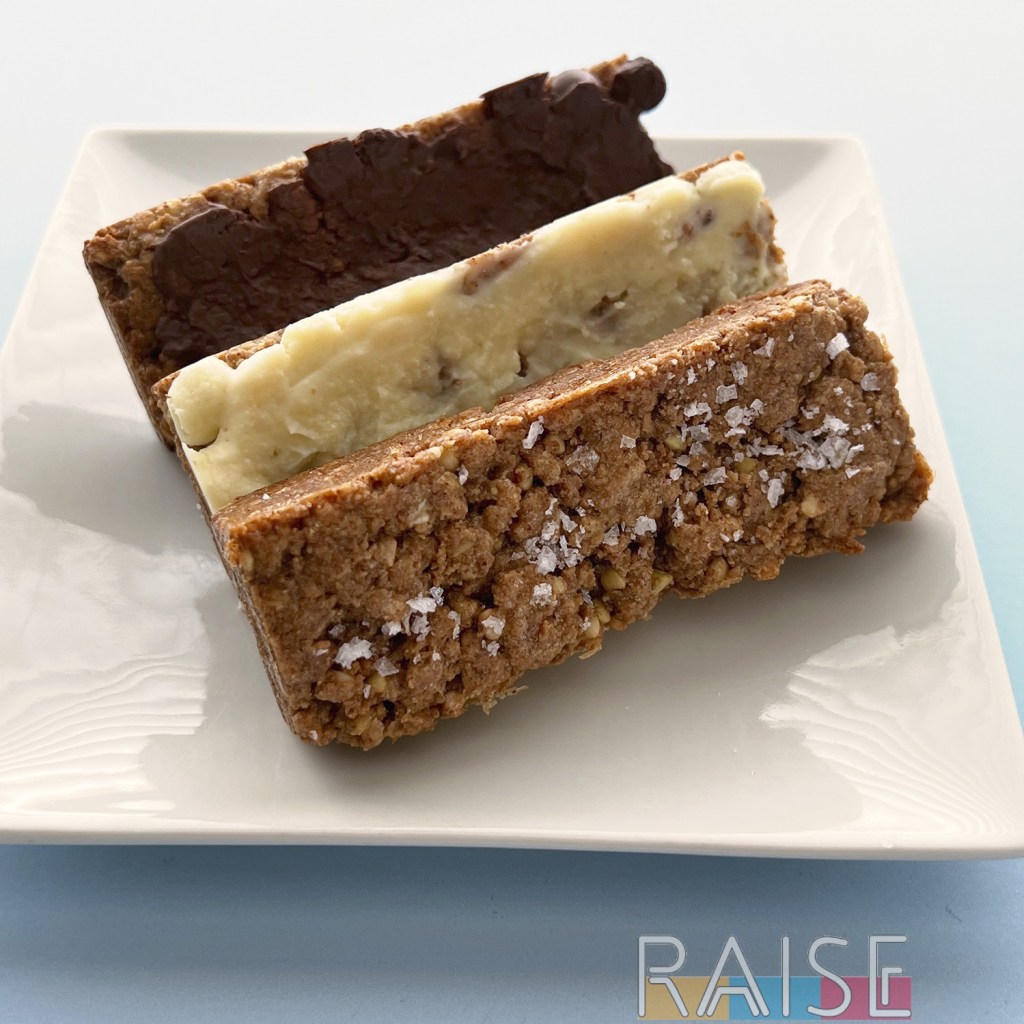 |
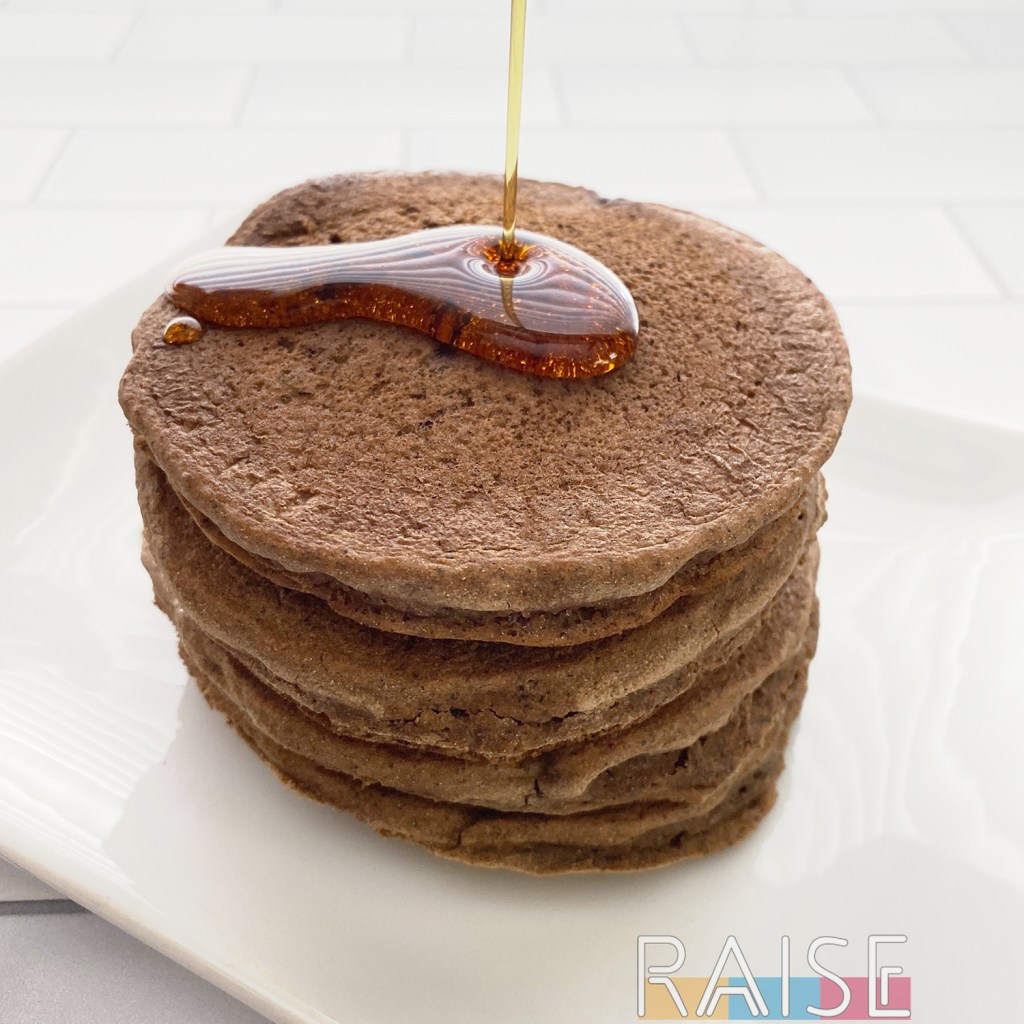 |
Gluten Free Flours You Should Not Use as Substitutions for Buckwheat Flour
When it comes to replacing buckwheat, gluten free flours have their work cut out for them. These particular alternative grains should be used in place of buckwheat flour. Now, could they in a pinch? Sure, in the right amounts, but they may not be a 1:1 substitution, and that’s what my earlier list represents. I’ve also included some notes for you as well, to better understand the selection process.
- Almond Flour/Almond Meal (nut flours are a category of their own and can’t be a 1:1 substitute for non-nut flours)
- Amaranth Flour (the flavor is awful, avoid this flour as much as possible)
- Arrowroot (this is a starch and awesome thickening agent, not a proper GF flour, so it won’t work)
- Cassava Flour (the taste is nothing like buckwheat, the function would be OK, but it may not be a 1:1 substitute)
- Chickpea Flour (the flavor is a bit close but the function isn’t a 1:1 substitution)
- Coconut Flour (this is a huge outlier in GF baking because of how it absorbs liquid, and the coconut flavor is very present, recipes must be developed specifically for coconut flour for the best results)
- Potato Starch (this is a starch, not a proper GF flour, so it won’t work)
- Sweet Potato Flour (the flavor and texture won’t be right)
- Tapioca Starch/Tapioca Flour (this is a starch, not a proper GF flour, so it won’t work)
- Teff Flour (the flavor is way off and this isn’t a 1:1 substitute)
- White Rice Flour (the flavor is wrong but the texture and function isn’t the worst)
- White Sweet Rice Flour (the mildly sweet flavor and lowkey gummy quality make this unsuitable)
A Word of Warning to Gluten & Egg Free Bakers
Without writing a full 12 page thesis on the perils and solutions available to those who are both egg and gluten free, please know that you’re taking a risk by swapping flours in recipes that were designed to function well by someone else.
This article on egg free + gluten free baking is a mini master class on the topic and you can learn a lot more about what I’m referring to. When you remove eggs, you take away moisture, binding power, lift power, and more. When you remove gluten, the network of proteins that everyone loves because of everything they bring to the table is gone.
Recipe developers like myself have to take all of that into account. So, if we present a recipe with buckwheat flour, or any other gluten free flour, we’ve done testing. We know which combination of flours will work in that specific scenario. Even all purpose flours warn you on the label that they’re not for every baked good.
The point is: be careful. Free-from ingredients are expensive and if you’re new to all of this and blindly swapping, you may be greatly disappointed by the results.
Gluten-Free Recipes I Think You’ll Love
If you’re new to following a gluten-free diet, or perhaps you’d like to try some fresh recipes, check out these four incredibly delicious recipes. Since this article is all about a buckwheat flour substitute, I’m going to assume you can’t have (or don’t have) any buckwheat flour. All of these recipes are buckwheat free.
If you’d like to see more awesome free-from recipes, check out the Advanced Recipe Search on RAISE where you can mix and match over 125 filters for people with food allergies and restricted diets.
- Raspberry Yuzu Pancakes Recipe
- Chocolate Baked Donuts Recipe
- Pineapple Cherry Upside Down Cake Recipe
- Sweet & Salty Chewy Date Muffins
 |
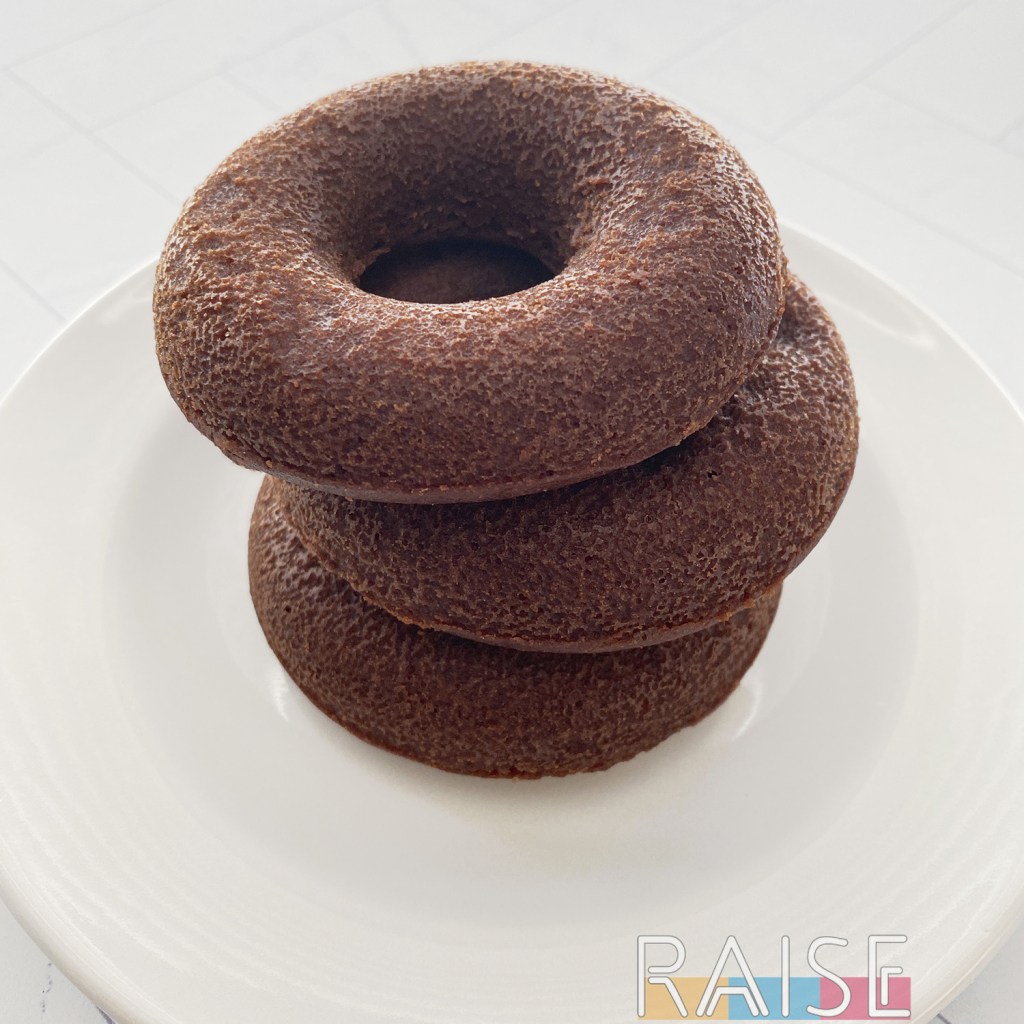 |
 |
 |
Answering Your Buckwheat Substitute Questions
Where can I buy buckwheat flour?
Your local large grocery stores should have buckwheat flour. If they have a gluten free section of the store, start there first. If you don’t see it, you can check the baking aisle, or just ask someone. I personally find it’s just faster to ask than look for something you’ve never purchased before.
If you have natural/organic/co-op stores in your area, start there. These types of stores include Sprouts, Whole Foods, and Fresh Thyme.
What would be a great alternative to Japanese soba noodles (buckwheat)?
A good gluten-free option would be rice fettuccine, and I say that because of the size of the noodle. Another excellent substitute would be gluten free ramen noodles. The ramen noodles are bit smaller whilst the fettuccine are a bit bigger. If you go with the fettuccine, you may want to cut the noodles in half so they’re a bit more soba like.
If you’re planning on a cold application for these soba noodle substitutes, I think the ramen may be better. Either way, happy cooking!
Does my gluten free all purpose flour blend need to have guar gum?
No, your homemade gluten free all purpose flour blend doesn’t need to have guar for you to have successful bakes at home. As a previous free-from bakery owner and as someone who’s been a free-from baking for nearly 20 years as a professional, I can tell you that with so much confidence.
When you have high quality flour blend that’s well balanced, you don’t need gums, dough conditioners, additives, and binders. In fact, brands such as Better Batter sell high quality GF AP flour without said gums.
Can I turn buckwheat groats into buckwheat flour in my food processor?
Usually it’s easier to convert buckwheat groats into flour using a high speed, powerful blender (like a Vitamix). However, in a pinch, a food processor could work as well. You’ll want to have it on, in the continuous mode, rather than pulsing. You can also use a NutraMilk to make buckwheat flour at home. You’ll want to blend/process until a nice fine powder has formed.
Does my gluten free all purpose flour blend need to have xanthan gum?
If you’re baking goods at home, no, your GF all purpose flour blend doesn’t need xanthan gum. I’ve been working professionally with gluten free flours for well over a decade and outside of scaled up commercial purposes, those types of additives don’t do a lot at the home level.
If you have a solid gluten free blend to start with, then you especially don’t need xanthan gum to help the recipes along. Whilst I’ve found corn free xanthan (most is derived from corn) to be helpful in dairy free ice cream making, I’ve never found it helpful in gluten free baking. However, I’ll also add, I only use high quality ingredients, and they’re organic when possible. If you’re using a lower quality base, then you may find xanthan gum to be helpful in the long run.
Can I use regular flour to replace buckwheat flour in a recipe
I’m going to assume that you mean wheat flour when you say regular flour. If that’s the case, yes, you can use regular all purpose wheat flour, up to 100g to replace buckwheat flour in a recipe. After that, you’d need to contact the recipe developer to make sure that a swap that large won’t affect the taste, texture, and function of the recipe.
How can I replace buckwheat flour in savory dishes?
It’s not often that savory recipes will call for buckwheat flour. However, when they do, you’ll want to use something like superfine sorghum flour, superfine brown rice flour, or superfine millet flour.
In the case of all three flours, they absolutely will not deliver the taste of buckwheat flour. However, they’re the best gluten-free alternatives because they’ll function properly, and in a savory dish, that has to be our top concern. Most likely, the flour is being used in a frying scenario or perhaps some type of sauce. All three of those flours will perform beautifully in those types of recipes.
What type of flour would be a good choice to replace one cup of buckwheat flour in gluten free waffles?
For one cup of buckwheat flour, you have quite a few options, especially if there are more flours in the mix (I really hope there are). Superfine sorghum flour is the easiest pick and will deliver a mild flavor to your waffles. Nut flours would also be a great option in this case as they’ll function well in a waffle iron and deliver the nutty taste buckwheat flour naturally has.
Personally, I’d probably use half a cup of tiger nut flour and half a cup of superfine sorghum flour since those are flours that I love to work with.
Are buckwheat noodles also gluten free?
On the surface, yes, buckwheat noodles will also be gluten free. If you can’t have food made on shared equipment with gluten containing grains, you’ll need to reach out to the company to make sure the buckwheat noodles will be safe for you. Personally, I like the brands Big Green Organic Foods, Eden Foods, and Rustichella d’Abruzzo for buckwheat pastas and buckwheat noodles.
Is spelt a gluten free flour I can use as a buckwheat substitute?
Like white flour, spelt flour is a type of wheat flour and contains gluten. Whilst is is a nutritious ancient grain, it’s not safe for those who follow a gluten free diet for any reason, other than a wheat allergy. For those with a wheat allergy, talk with your doctor about spelt. Your allergist and/or medical team may feel it’s worth doing a food trial since it’s an ancient form of wheat rather than a modern form of wheat. Don’t be super surprised if you’re told not to trial spelt however, since at its core, it is a type of wheat.


